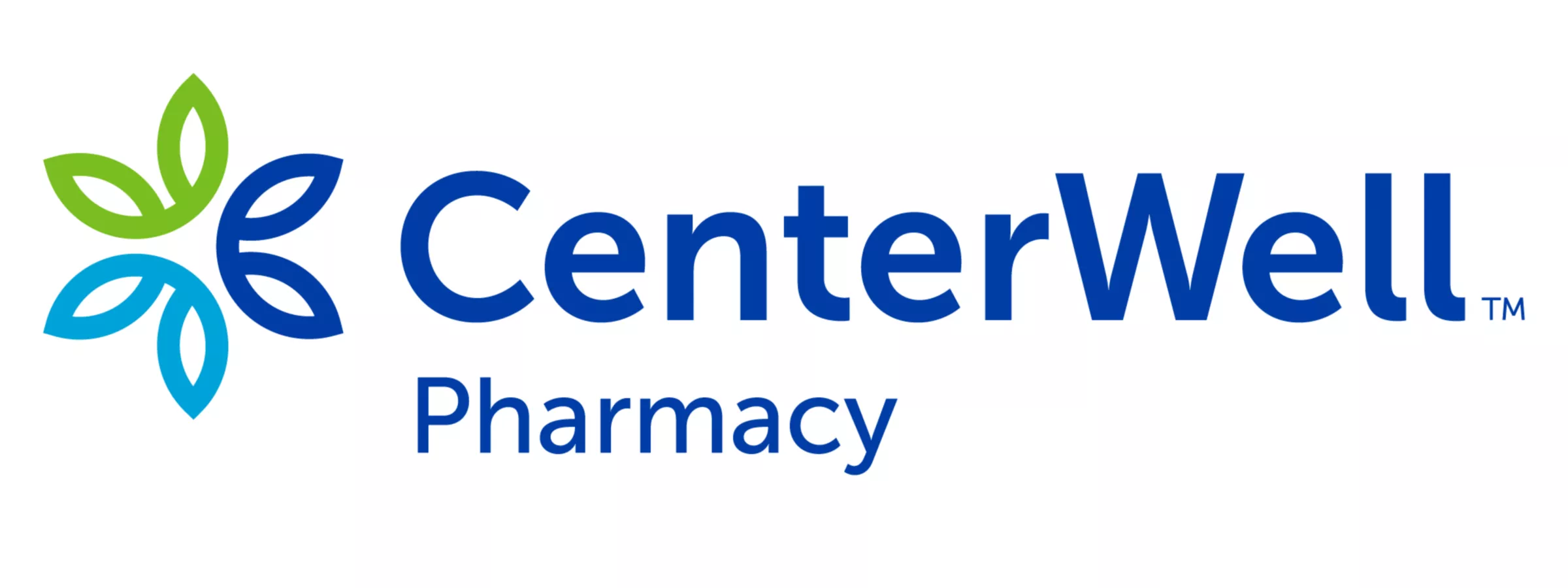Payers and providers operating within a VBC framework each have a role to play in order to benefit from the partnership. Payers have an abundance of data and resources, such as claims from various providers that give a more comprehensive view of the care each patient has received. The VBC model encourages payers to share clinical data with physicians, in turn helping them make more informed decisions at the point of care.
By providing analytical insights and actionable data in a timely manner, payers can help physicians assess and manage patient risk. Small practices can especially benefit from this close alignment.
“I’ve seen payers try to add value by doing predictive analytics and data analysis that small groups may not be able to do on their own, to help them understand who their high-risk patients are and when to intervene with them,” says Dr. Timothy Judson, an internal medicine physician and clinical informaticist serving as Interim Chief Population Health Officer at UCSF Health. Dr. Judson is also the Chief Clinical and Innovation Officer at UCSF-affiliated Canopy Health.
“That type of analysis is something that not all providers or provider groups can do. So that’s one way that payers can add a lot of benefit.”
Greater data sharing also helps reduce the administrative burden on physicians, allowing them to spend more time with patients. Combined with better clinical decision-making, this translates into improved patient outcomes.
Meanwhile, payers can use data from providers about quality outcomes, which helps when calculating reimbursement rates and shared savings.







